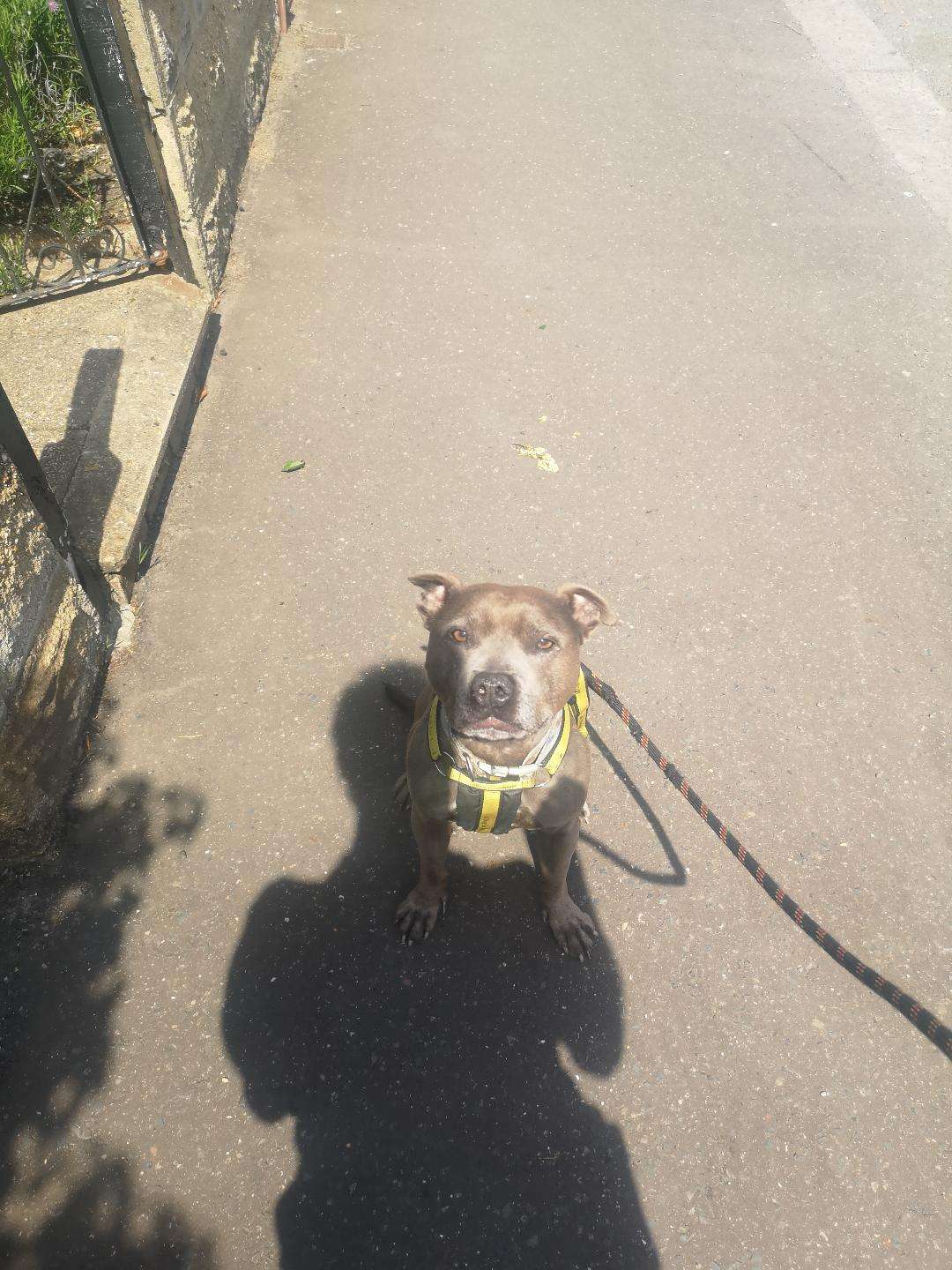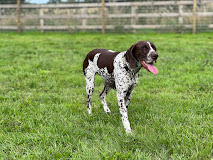So you’ve aced your dog training inside your house but now it is time to venture outdoors with your furry friend can feel like starting from scratch. Don’t worry, this transition is totally doable! The key lies in understanding that a dog’s focus weakens with increasing distractions. Let’s break down how to move your training outdoors, step-by-step, with a focus on different environments.
Employed vs employed
Imagine yourself trying to concentrate to reading a book while a band playing next to you vs playing our favourite sport. Which would be easier to ignore the distractions?
That’s what your dog experiences outdoors while trying to be well behaved. When taking your training outside it is important to think about how busy (employed) your dog needs to be so that they aren’t running off after people or dogs vs not being told what to do (unemployed).
Also think about how employed the people and dogs around you will be. For example, are they likely to be coming up to up to meet your wonderful puppy or help your training by continue with what they are doing.
Taking the dog training out doors:
Stage 1: The Garden or different rooms.
Start in your own fenced in garden, a familiar and (hopefully) calm environment with a low level of distractions, maybe a dog barking in the distance or birds flying overhead. Practice your training with short, high-value treats (think tiny bits of cooked chicken or cheese). Keep sessions short and positive, gradually increasing the levels of behaviours.
Stage 2: Into the Wild (Well, the Supermarket Carpark)
Now it’s time for a slightly more chaotic setting. Head to a quiet supermarket car park at the end of the day or early mornings or late evenings when there’s less activity. Practice your dog training while keeping a safe distance from parked cars and on lead. The goal is for your dog to listen to you despite the temptation to sniff interesting things. Also your dog will likely see people who are employed like them so it will be easier for them to understand they aren’t important.
Stage 3: A World of Distractions while employed
Find a green space or enclose (at the bottom of the dog walking page) with walking paths where you can see people and dogs at a distance, Sloughbottom park is great or Earlham park where the dogs and people tend to be near the water. This exposes your dog to more distractions while still maintaining some control over the environment. Keep walks on-leash and keep them employed as you pass by these interesting stimuli. Then look at reduces the distance and repeat your training.
The highest level where people are employed are on Saturday mornings at 9am park runs where you can have a lot of people and some dogs all employed on one single focus. Catton and Colney lane. Good luck and maybe see you there.
Stage 4: Taking the foot off the pedal.
Now go back to the same places but this time when your dog is not employed. See how that goes, if they are looking over then they may need a bit more employment. Then start moving towards the distractions unemployed and turn away while employing your dog. This will make the change in direction easier and slowly build to unemployed and finally reduce the distance. As with all this it is important to take note of your bodies body language. Are they looking about, staring, freezing etc.
Stage 5: Conquering the Crowds
Once your dog is comfortable with Stage 4, gradually increase the intensity of distractions. Try a park during busier hours, but stick to the edges where there’s less foot traffic. Reward heavily for focus and obedience amidst the bustle.
Stage 6: taking your dog training to the next level.
Now to start go to the more changing places. How about in shops including pet shops or a nice calm café while thinking about being employed verse umployed. How about joying in in the park run with other people and dogs (not something I do)
Remember:
- Patience is Key: Don’t expect instant results. Be patient, consistent, and positive throughout the process.
- Keep it Short & Sweet: Short, focused training sessions are more effective than long, frustrating ones.
- High-Value Treats: Up the ante on treat value to compete with outdoor distractions.
- Go at Your Dog’s Pace: Don’t rush the process. Move to the next stage only when your dog masters the current one but also try not to get stuck a level. A diary can be great at keeping track of where you are.
By gradually exposing your dog to more and more distractions, you’ll equip them with the focus needed to listen to you anywhere. Remember, dog training shouldn’t be a chore – have fun with it and celebrate your dog’s successes! Soon, your well-trained pup will be your confident companion on all your outdoor adventures.
Not sure what to training your dog. Fill free to get in touch and I will always be happy to help.


